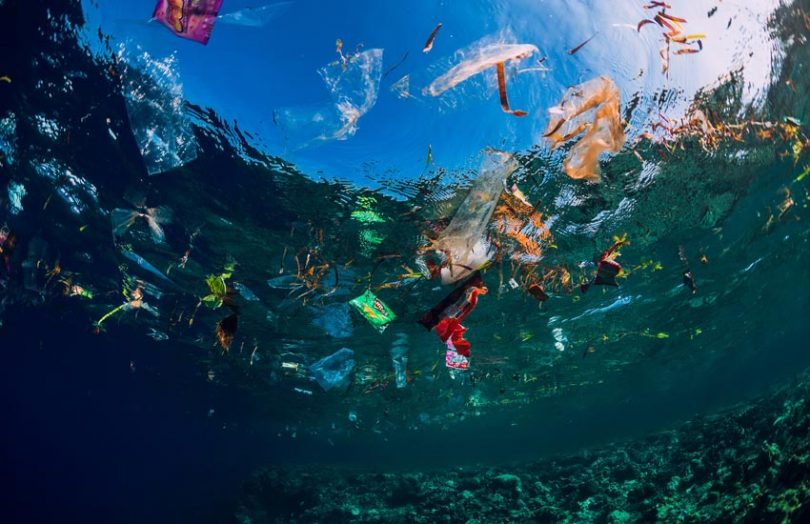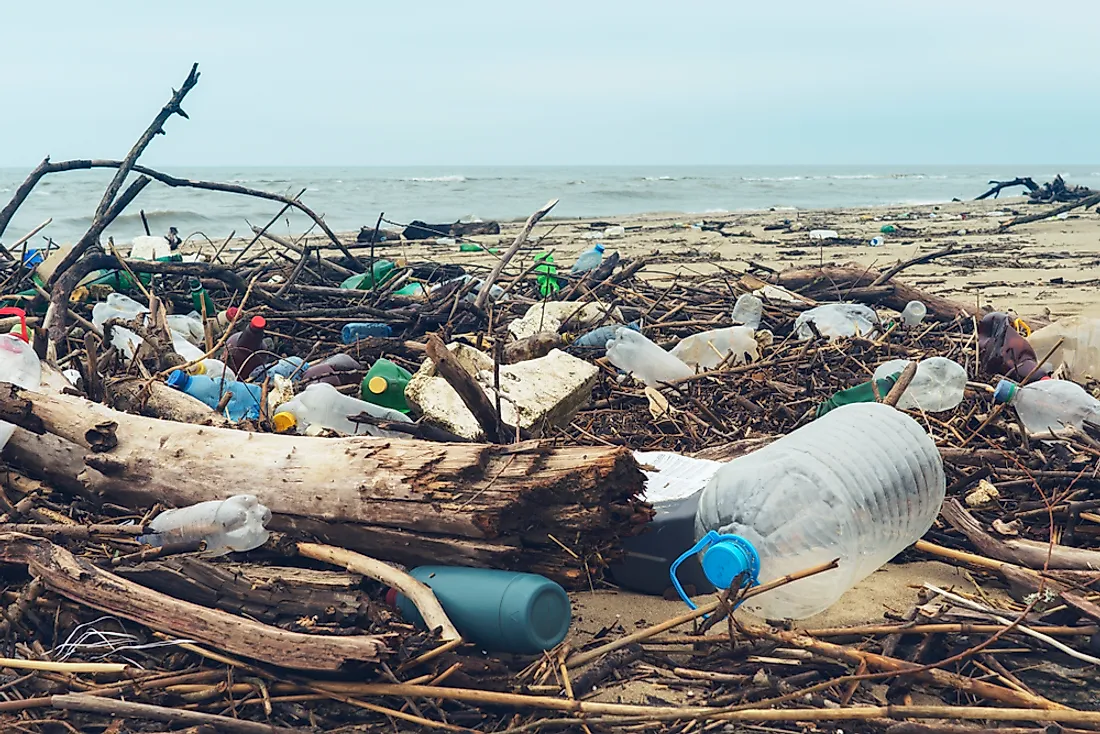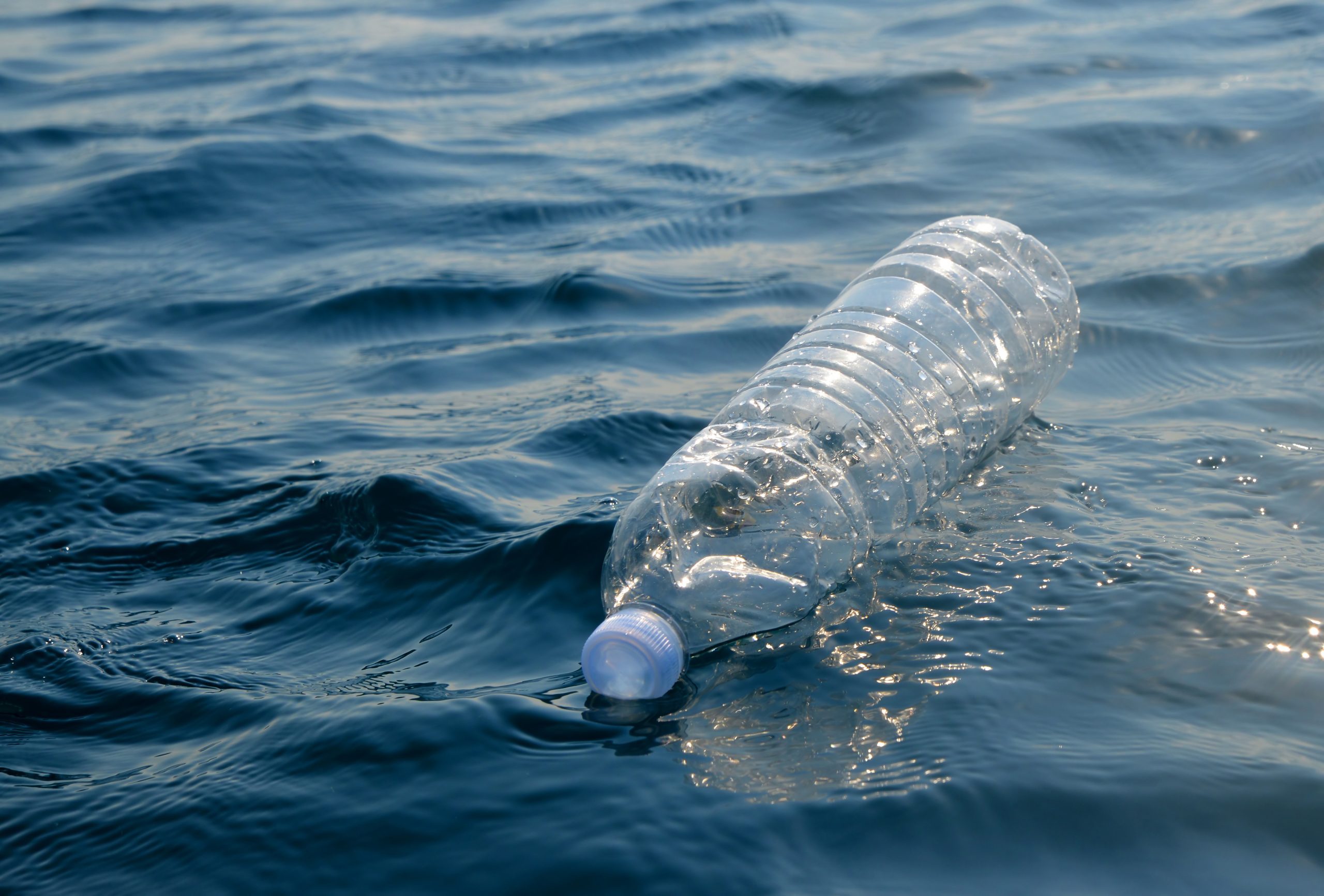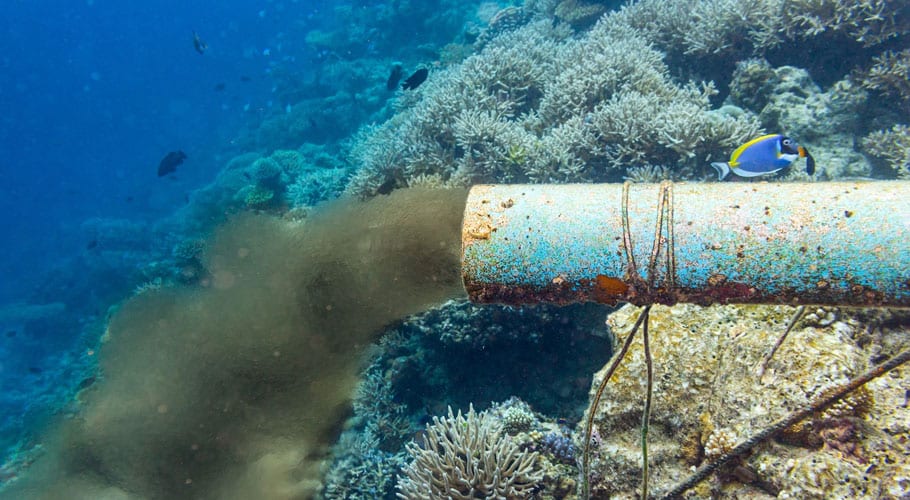GENEVA: The ‘World Oceans Day’ is being observed around the globe today.
The ‘World Oceans Day’ is observed every year on the 8th of June. This year’s theme for World Ocean Day is ‘Innovation for a Sustainable Ocean’.
The main aim is to celebrate this day is to notify the global community regarding the impact of human actions on oceans and to explore ways and means for their sustainable use of marine resources.
Every day our environment is being threatened by ocean pollution and, as you might expect, with this much trash in the ocean, marine life is suffering at an alarming rate.
Plastic is one of the most common causes of ocean pollution, but it’s not the only thing harming our seas. There are several steps taken by humans that had increased ocean pollution. Here are 5 ocean pollution facts you need to know on the ‘World Oceans Day’:
1) Ocean pollutions kill more than 1 million sea birds each year

More than 300,000 dolphins and porpoises die each year as a result of becoming entangled in discarded fishing nets, among other items. 100,000 sea mammals are killed in the ocean by pollution each year.
2) Approximately 4 billion pounds of trash per year enters the ocean
The biggest source of pollution in the ocean is directly from land-based sources, such as oil, dirt, septic tanks, farms, ranches, motor vehicles, among larger sources. Thousands of tons of waste and trash are dumped into the ocean on a daily basis.
3) China is the biggest contributor to plastic pollution in the ocean
Countries such as China and Indonesia are the world’s biggest contributors to plastic pollution in the ocean.
4) The waste in the ocean takes a long to decompose
 Waste such as Styrofoam takes 80 years, aluminum takes 200 years, and plastic takes 400 years.
Waste such as Styrofoam takes 80 years, aluminum takes 200 years, and plastic takes 400 years.
5) The garbage dumped in the ocean is a threat to human
The garbage like plastic bottles, aluminum cans, shoes, packaging material – if not disposed of correctly, can reach the sea and the same garbage can again reach the seashore where it pollutes beaches and affects the local tourism industry.
As of the end of 2017, there was a 1:2 ratio of plastic to plankton, and the amount of plastic in the oceans was estimated to be about 150 million tonnes, which is roughly a fifth of the weight of all fish combined. If left unattended, plastic may well outweigh fish by 2050.





































